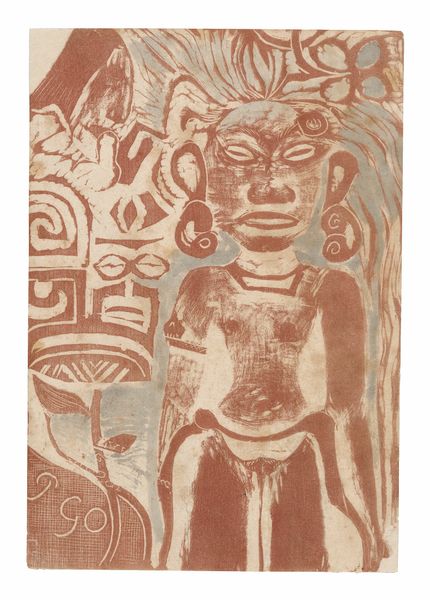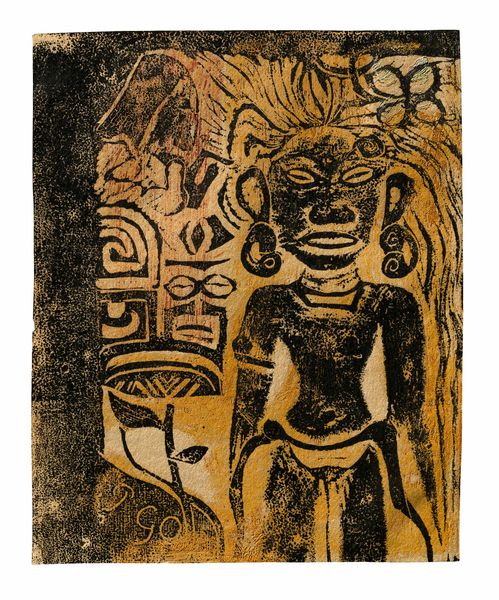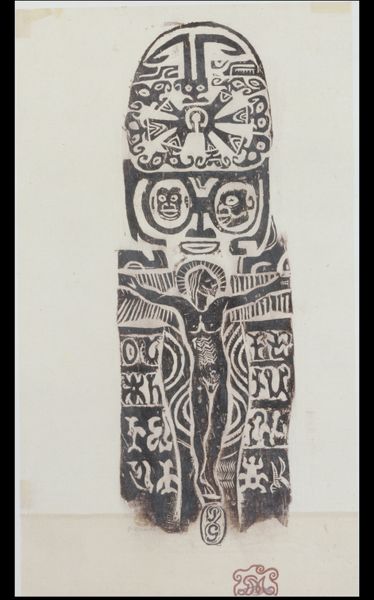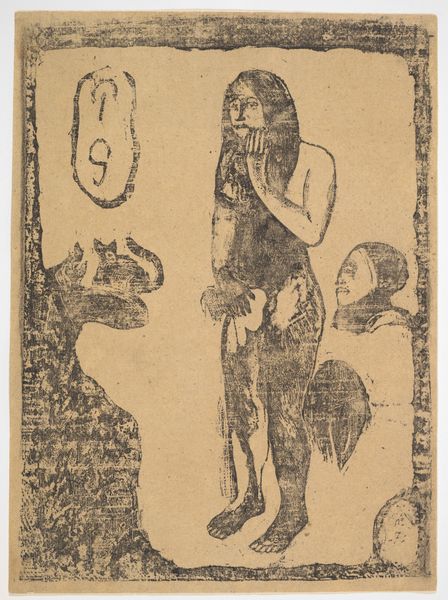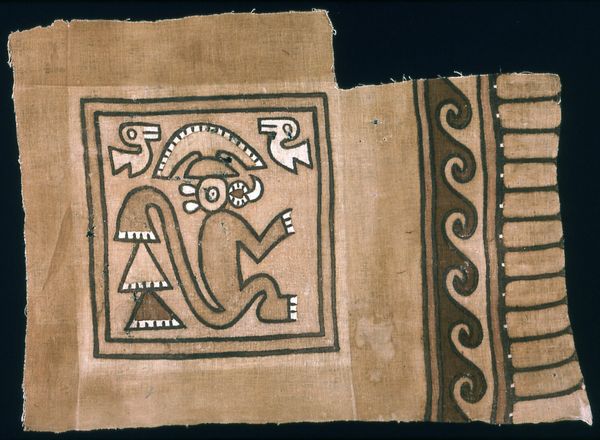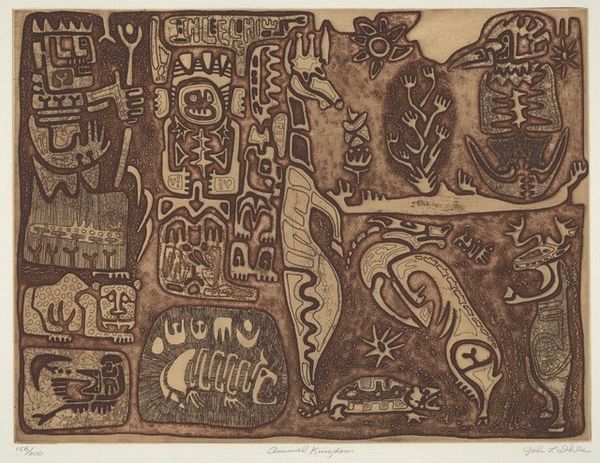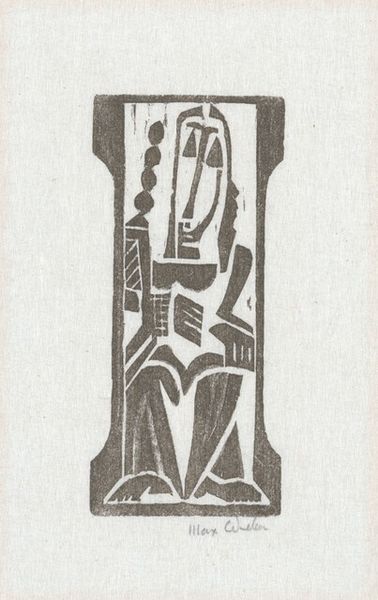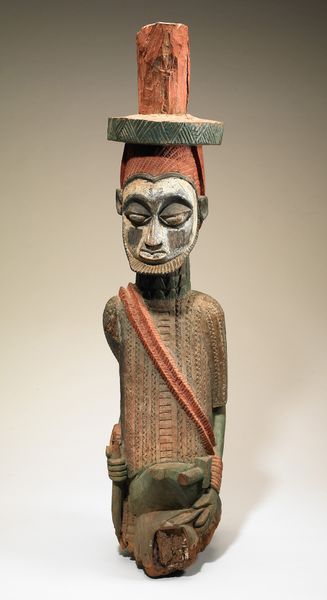
drawing, print, paper
#
drawing
#
toned paper
#
ink painting
#
linocut
# print
#
paper
#
tile art
#
fluid art
#
linocut print
#
france
#
map art
#
watercolour bleed
#
mixed medium
#
watercolor
Dimensions: 150 × 120 mm (image/sheet)
Copyright: Public Domain
Paul Gauguin created this woodcut of the Tahitian goddess Hina, during his time in French Polynesia in the 1890s. Here, Gauguin grapples with representing a culture largely unfamiliar to his European audience, which had been shaped by decades of colonialism. Gauguin uses the visual vocabulary of European modernism alongside Tahitian motifs, raising complex questions about cultural appropriation. Hina, often associated with the moon, fertility, and the feminine, is presented through Gauguin's selective interpretation of Tahitian spirituality. To understand Gauguin's intentions and the impact of his work, it's vital to delve into the history of French colonialism in Tahiti, the artist's personal writings, and the perspectives of Tahitian scholars. This allows us to critically assess how cultural exchange can be both a source of artistic inspiration and a site of power dynamics. Ultimately, it prompts us to consider the politics of imagery and the social conditions that shape artistic production.
Comments
No comments
Be the first to comment and join the conversation on the ultimate creative platform.
